Drought in Argentina:
The farmers committed to Regenerative Agriculture to protect soil and harvests
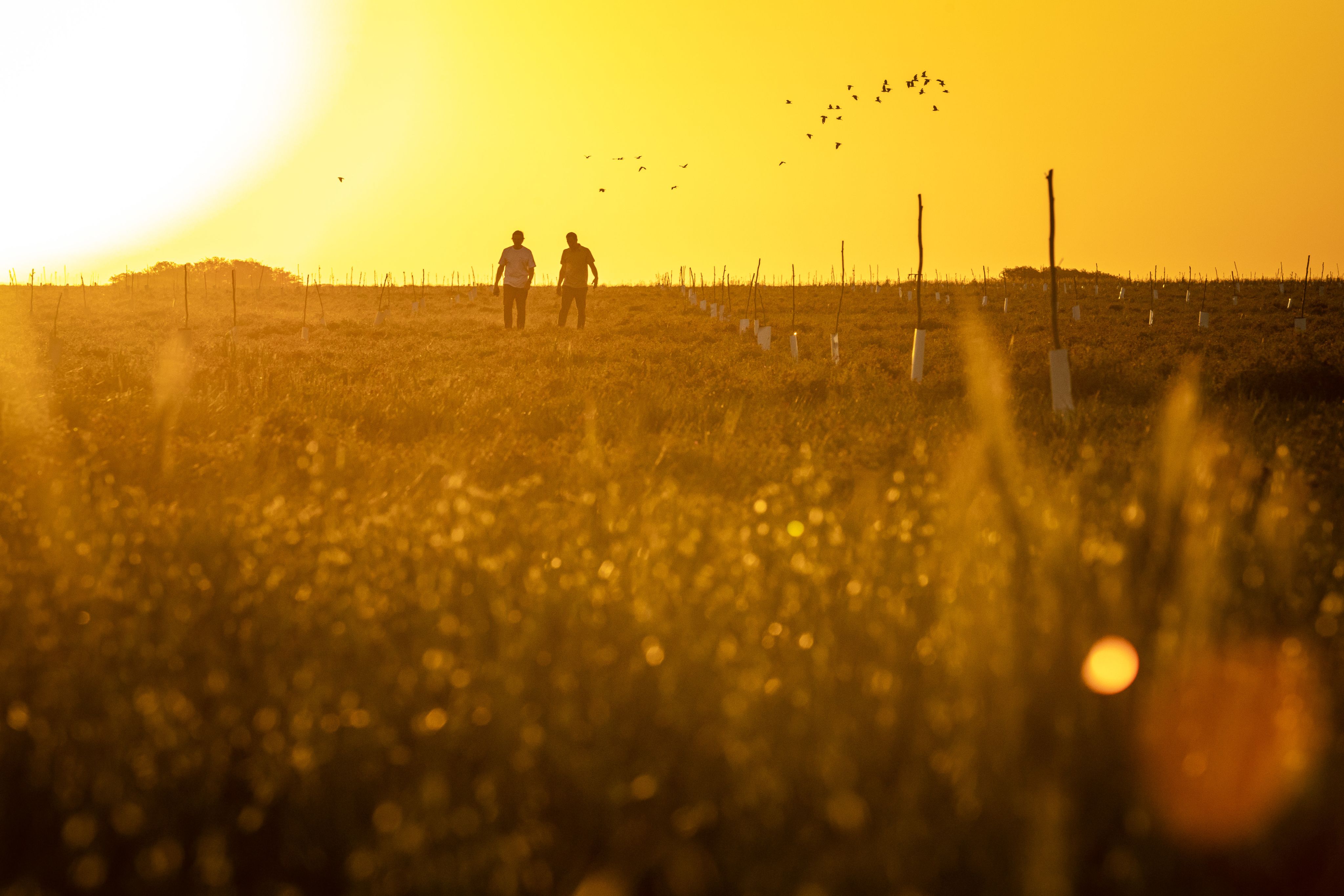
Agronomist César Belloso knows all too well that farming and nature go hand-in-hand. He developed a farm near Buenos Aires learning the deep-rooted skills needed to make food production resilient and sustainable. He has carried these principles forward to his own family-run business Agritest SRL, which produces commodity and specialty crops used on his own farms and on those leased from others.
Harvests reduced by more than half in extreme conditions
Argentina is one of the world’s major exporters of wheat and soybean. César and his team manage more than 1,800 hectares of farmland dedicated to these crops including his own La Oración Farm at Salto in the humid Pampas region. But they’re facing their third consecutive winter without rain and with the impact of La Niña, the prolonged dry conditions are severely affecting harvests.
“This year has been extreme” César tells us. “It’s been five months without rain. At this time of year the wheat should be up to our knees” he says as he glances across the fields. Typically these soils are deep and loamy, accumulating water allowing for high productivity. But the ground is dry and the crop is not as lush as it should be. They would normally produce around 5,000 kg of wheat in this area. This year it’s predicted to be less than half of that if they’re lucky. More likely it will simply amount to nothing. “Crop cycles don’t stop, and without water crops just die” César says.
Like many in the region, he and his business partner Francisco Pugno are having to adapt to these extreme conditions to better plan for the future. Regenerative Agriculture (RA) is not an instant solution, but through consistently investing in these approaches they are seeing sustained results over time.
Tailor-made crop plans at the heart of this way of farming
When it comes to farming regeneratively, decisions around planting have become more critical than ever. Sowing a diversity of crops, whether cover crops or those to be marketed, and rotating them in quick succession are vital for successful harvests.
“Our goal is to have the most crops in the rotation” says César. “We want to increase the diversity of crops to better manage the weeds and therefore reduce the use of nitrogen fertilizer”. To do this they plant cover crops such as Rye which provides good ground cover or Hairy Vetch which reduces competition from weeds and fix nitrogen for the next crop.
Different cover crops offer different benefits; some are more drought resistant while others work better to reduce weed pressure. Overall, they bring a diversity of roots which boosts soil health and uses less fertilizer which strengthens the system.
Resilience in food systems requires diversity on land
While this area would typically have three crops in a farm per year, at Agritest it’s not uncommon for as many as more than 8 crops to be sown in that same period. Keeping the fields green with crops year-round prevents weeds from competing with crops for light, nutrients, moisture and space. It also prevents a fallow period in winter where the ground is bare and open to erosion, and an opportunity is missed to utilize resources and sequester carbon which helps reduce climate change. As they put it, you can’t shut down the roots factory for five months with no photosynthesis.
Farming regeneratively is already showing conclusive results
And while a diversity of roots is vital, so too is the frequency of rotating crops, in particular to tackle weed growth which reduces yield. Frequent crop rotation helps prevent any one species of weed becoming problematic and slows down their resistance tackling the use of herbicides with less cost and less environmental impact. They have been farming this way for a decade and know results are not instant, but in a three-year cycle they are already seeing positive results in integrated weed management programs.
Above all, regenerating the soil enhances its structure and fertility. “The soil means everything to us” says Francisco. “We continue to improve the ways we give new life to it, to better preserve it”. This begins with a strict no-till rule because they believe this type of cultivation is like an earthquake for the soil. The remains of cover crops are left in place as a natural mulch; oribatid mites and earthworms provide the soil with structure and porosity and important microbial and biological activity is not disrupted.
Productivity maintained in prolonged drought
Despite a reduced yield and lost opportunities to sequester carbon, these regenerative routines are paying off for Agritest who are maintaining long term productivity and are better able to tap into resources than if farming traditionally. Their land is alive and when the drought is over, they will reap the benefit of their efforts. They are motivated by the huge potential of producing sustainable food while regenerating the land with low impact for future generations and are investing further in other initiatives such as blending crops with stockbreeding, creating wildlife corridors to foster the activity of insects attracted to the leguminous plants and grasses sown between their plots and cultivating pecan trees to add to the diversity of crops improving profitability, and capture significant amounts of carbon.
Further planting of critical crops delayed
The continued dry conditions mean next summer’s crops are forecast to be sown later bringing operational challenges around seeding, spraying, and harvesting. Technology has therefore become an indispensable part of their fieldwork. Drones with cameras which show different characterizations of a plot and images which run artificial intelligence algorithms to help with plant count or pest identification. By providing more accurate techniques, precision agriculture enables them to increase efficiency and manage their production costs. They are able to incorporate this data into their decision making that has become vital in helping them to adjust crops technology will do well in extreme conditions. “It’s getting increasingly easier to see data we didn’t see before and increasingly easier to handle it” César says.
Regenerative Agriculture requires open mindedness and creativity
Soil is of huge importance for countries such as Argentina; it’s a major player in the global food market and this drought continues to exacerbate food insecurity. Farming regeneratively has never been more important. Change is happening but it’s a long game and there are no quick fixes. It’s already possible for them to see the change in front of their eyes with more birds and butterflies in the environment. But this so-called second agricultural revolution requires continued research and analysis of the systems. “It’s going to take time and it’s going to be vital to educate future generations on these approaches” César tells us. “We are on a journey with RA and there is certainly no turning back”.
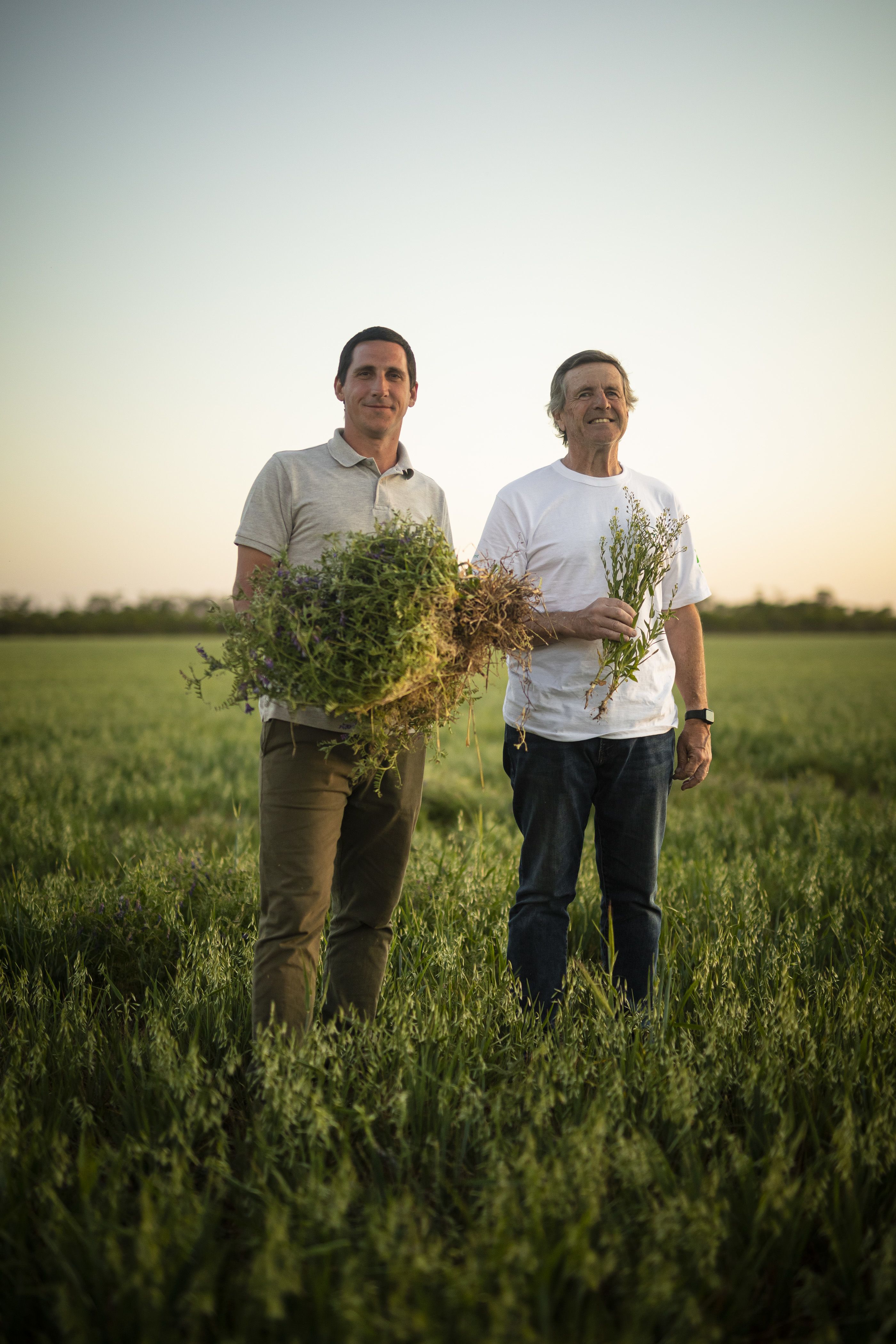
Francisco Pugno and César Belloso
Francisco Pugno and César Belloso
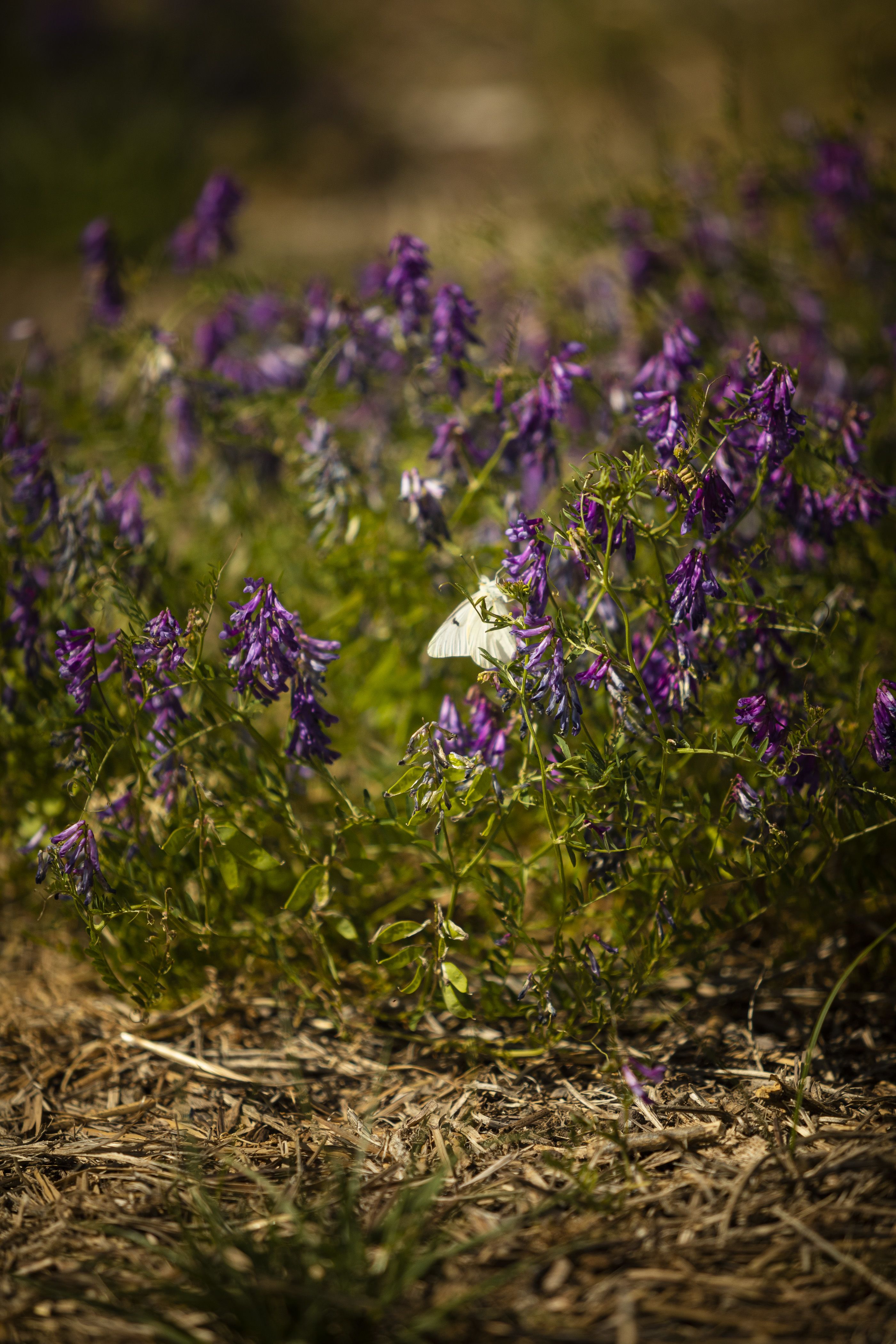
Regenerative agriculture has the potential to help repopulate the surrounding ecosystem with beneficial fungi, insects, mammals, and birds.
Regenerative agriculture has the potential to help repopulate the surrounding ecosystem with beneficial fungi, insects, mammals, and birds.
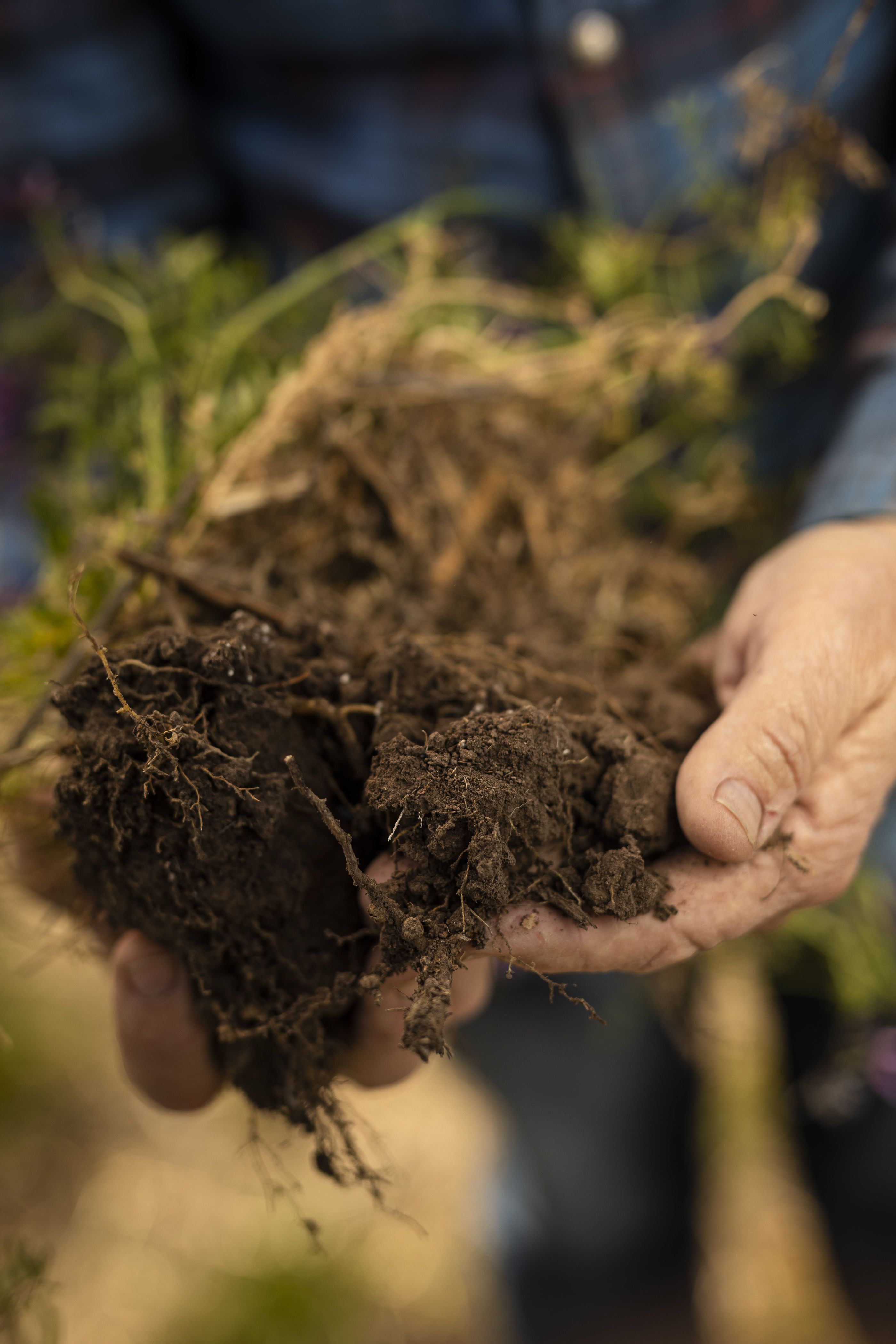
Keeping plants in the ground all year round prevents soil erosion and brings down the soil temperature.
Keeping plants in the ground all year round prevents soil erosion and brings down the soil temperature.
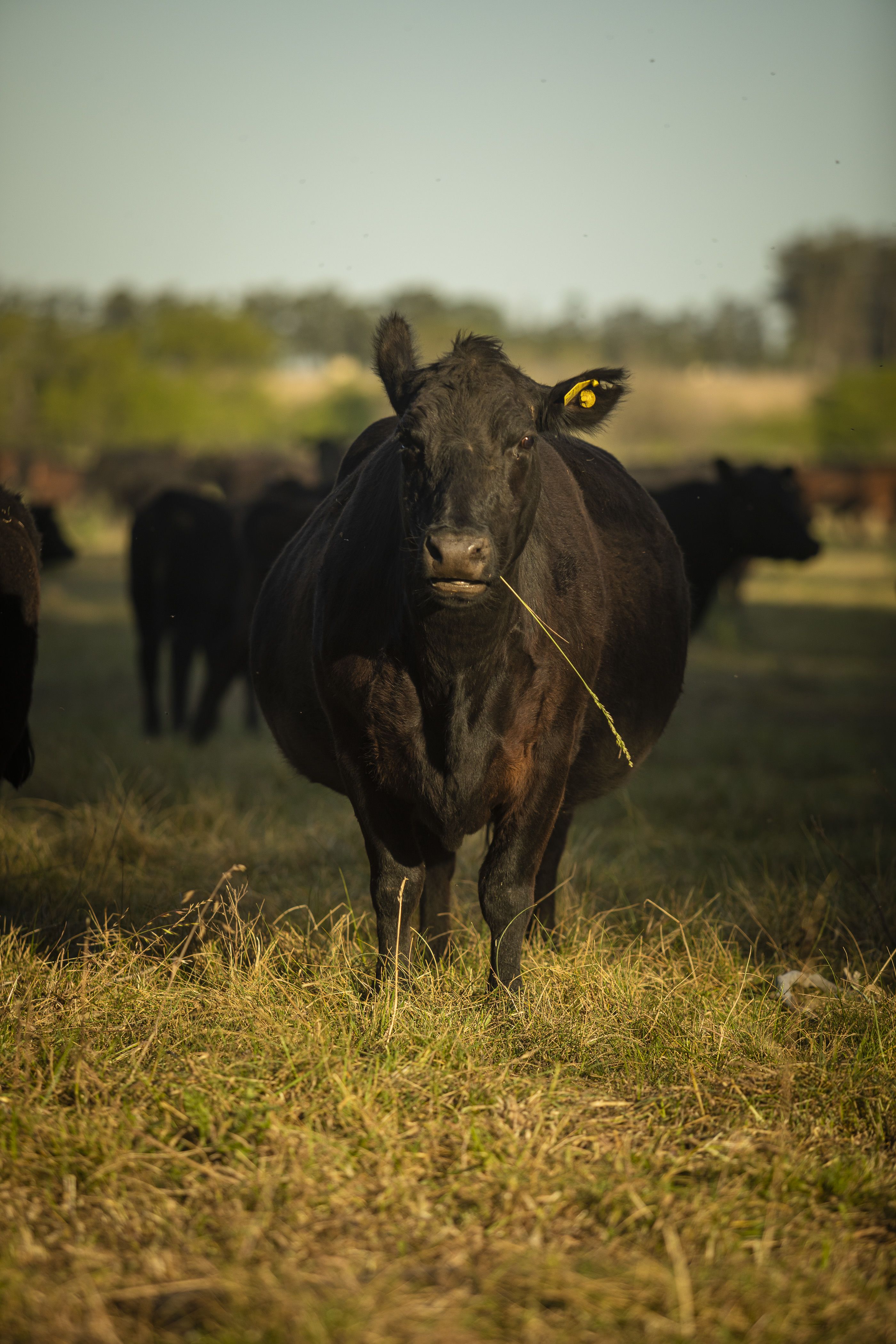
Livestock grazing on cover crops or crop residue at the end of the season helps prepare the land for the next round of seeding, without tilling.
Livestock grazing on cover crops or crop residue at the end of the season helps prepare the land for the next round of seeding, without tilling.

